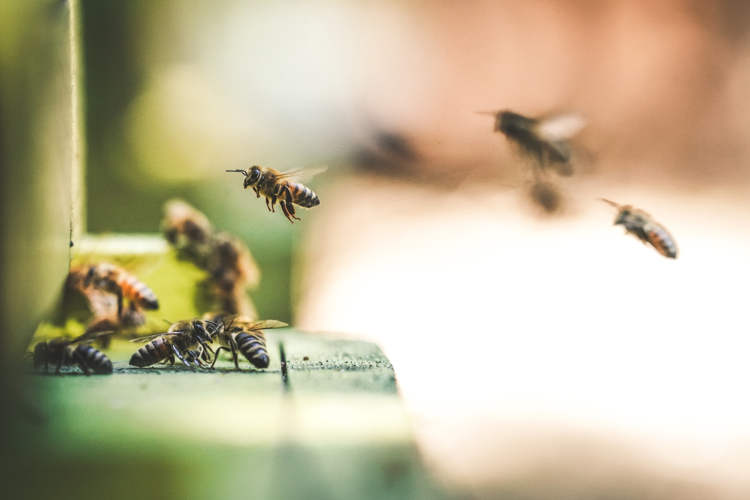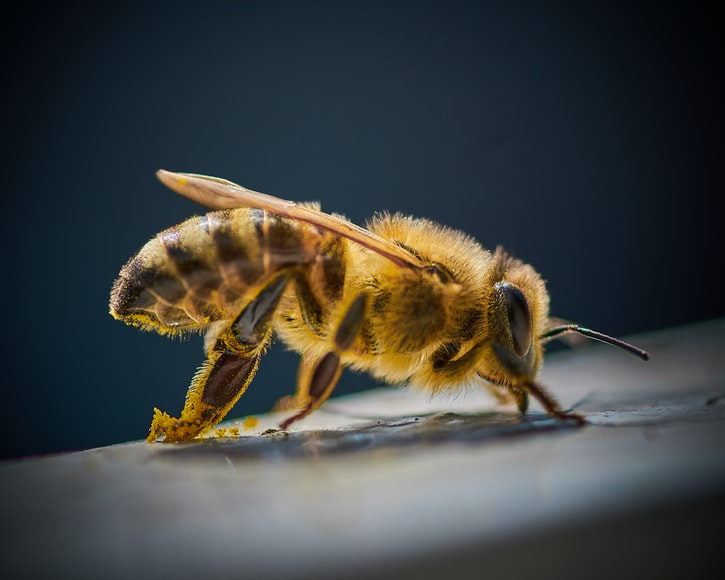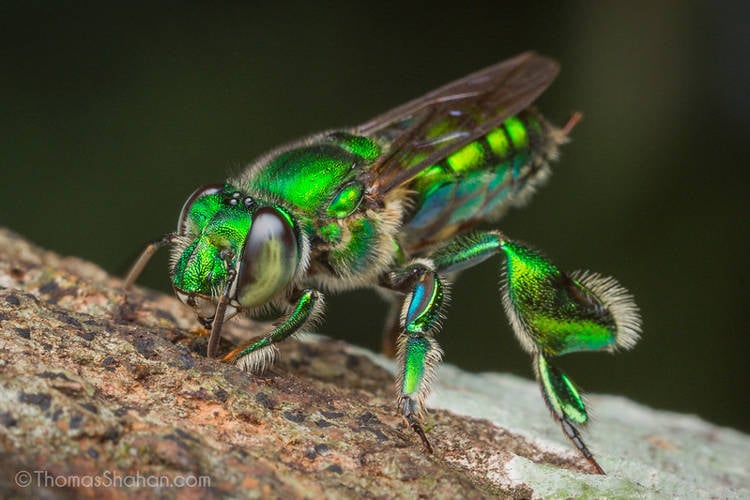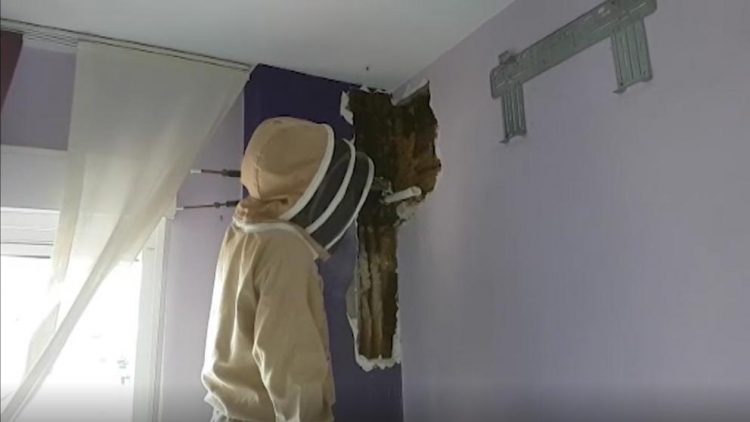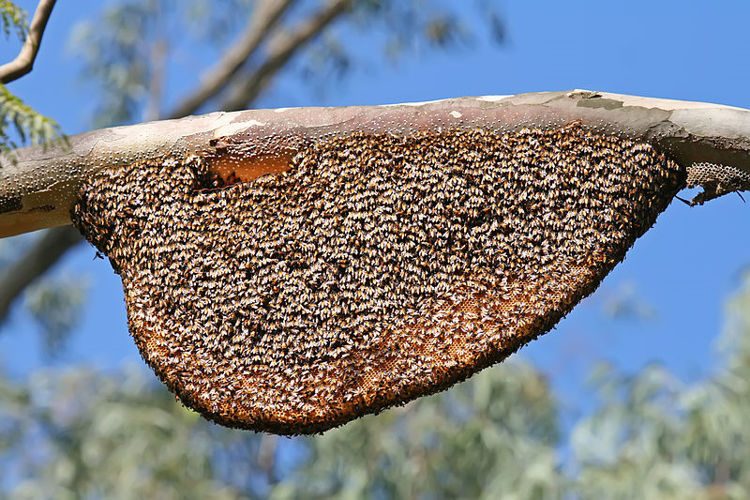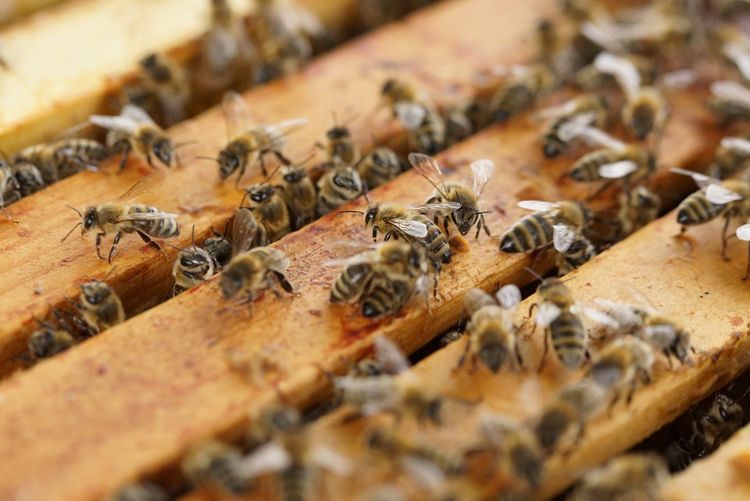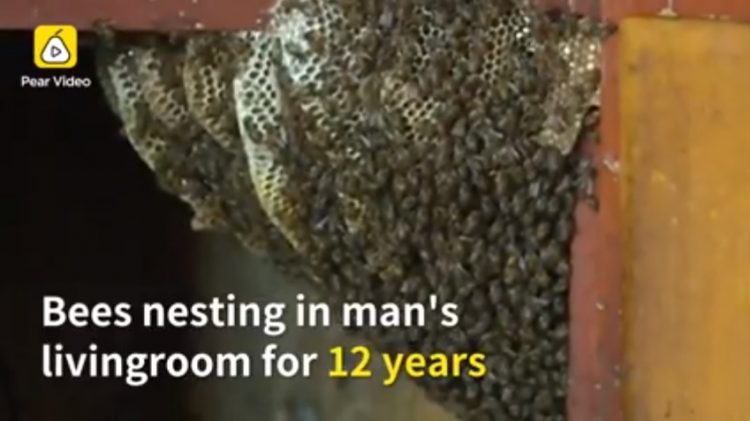In one of the world’s few medically documented cases, a Philadelphia man was stung by a bee directly in the eyeball and had to endure some serious consequences.
Most people dread the idea of getting stung by a bee anywhere on their bodies but imagine having one of those buzzers piercing your eyeball with its stinger as you’re casually strolling about. Unfortunately, that was the experience of a very unlucky 55-year-old Philadelphia man who reported to the emergency room with severely deteriorated vision and pain in his right eye after being stung by a bee in the eyeball two days prior. The patient told doctors that he had gone to the hospital immediately after getting stung, and doctors there had extracted the bee stinger and sent him on his way. Only it turned out that they hadn’t done that good of a job and a piece of the stinger remained embedded into the man’s eyeball.



